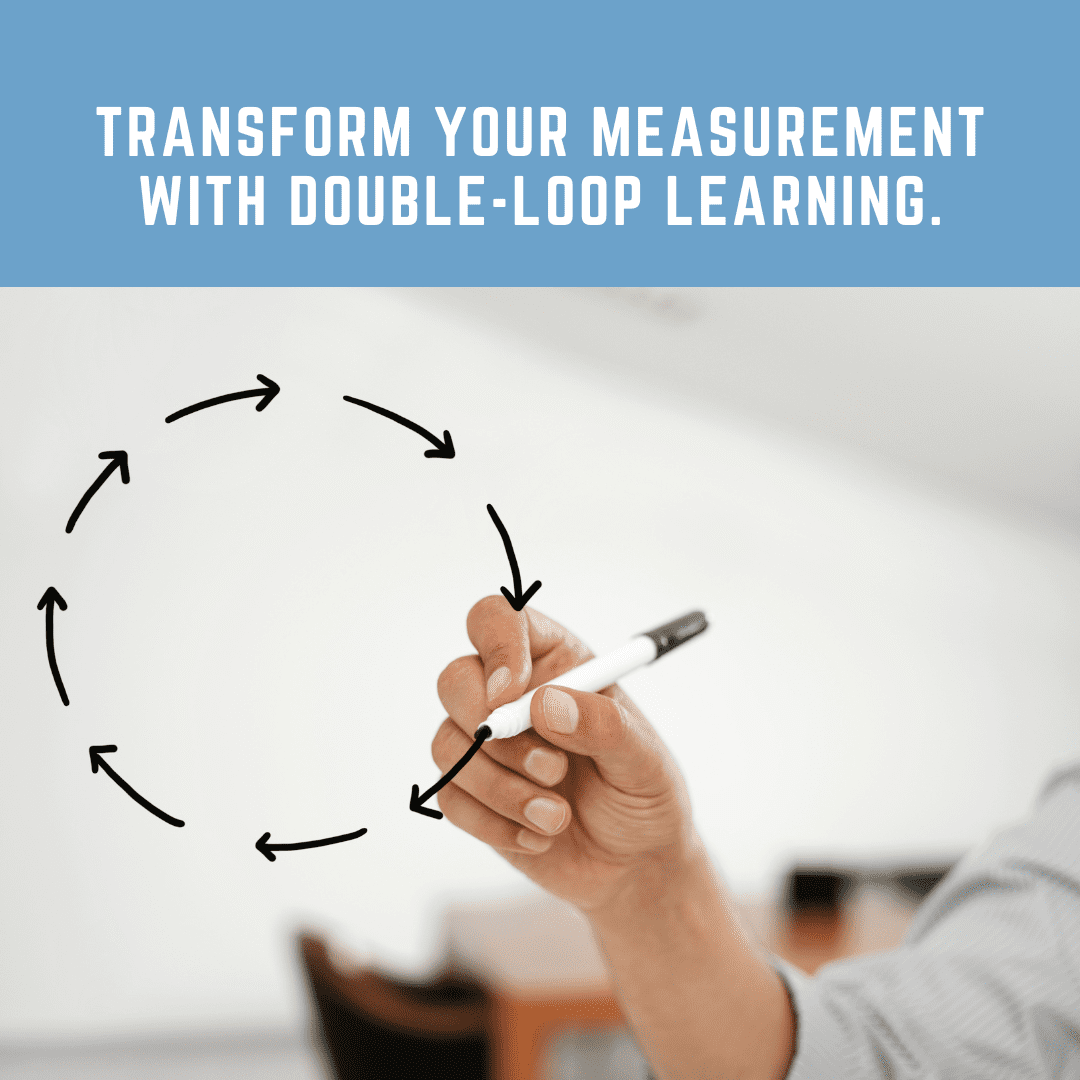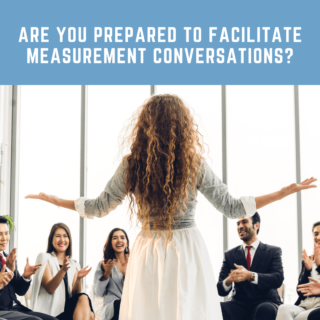A client observed that his team members, when working on designing better performance measures, didn’t like to go back and alter their decisions once they had been made. He reflected that it may be because, when they go back and forth, they feel like they did something wrong the first time. Well, in all likelihood, they have made a few mistakes, but that is not a bad thing. Think of it more as series of micro-learning opportunities.
We do better, when we know better, and this is the process of not only accumulating knowledge about how to design better measures, but also, in applying that knowledge in real time. As we apply this knowledge within our measures design, we learn more about the original goal, more about the potential evidence, and more about how the final measure’s definition can be brought to life with trusted data. This iterative approach is what we call the Learning Loop, and Dr. Spitzer emphasizes that nothing is more important for our ability to transform the quality of our performance measures than our ability to learn. Truly successful people don’t just possess greater knowledge, they are the most adept at the process of learning.
Learning Loops are in fact, the process of learning, and there are two distinct types of Learning Loops, each with its own purpose.
1.0 Single-Loop Learning
This type of learning is focused on efficiency and “doing things right” within an established framework. It’s a corrective process that leaves the core rules and assumptions intact.
For example: If a company notices declining sales, a Single-Loop response is to increase the marketing budget or run a new sales promotion. The company addresses the symptom (low sales) but doesn’t investigate the underlying cause, which could be an outdated product or poor customer service.
2.0 Double-Loop Learning
This form of learning involves a deeper level of thinking and is focused on “doing the right things” by challenging the status quo. It is often triggered when Single-Loop Learning fails to solve a recurring problem.
For example: Following the declining sales problem, a Double-Loop response would be to question the business model itself. Is the product still relevant? Is the marketing strategy outdated? This could lead to a fundamental shift in the company’s product line, target market, or overall strategy.
In simple terms, Single-Loop Learning is about “doing things right,” while Double-Loop Learning is about “doing the right things”.
All learning occurs through this kind of iterative Learning Loop:
- Step 1: A person engages in some kind of learning, such as taking performance measurement training, reading a book about performance measurement, listening to a podcast, or watching a YouTube video.
- Step 2: The person then observes or recognizes that something within their work environment is currently being done incorrectly (based on what they gleaned from 1.0 Learning); for example, the person is presented with their department’s performance report and now notices how poor approaches are being applied in the report creation.
- Step 3: The person suggests a change to the internal report based on their new knowledge, in hopes of improving the quality of the insights.
It is here that the ultimate shift takes place: when the learning is transformed into know-how and the know-how produces change.
In this Learning Loop, individuals question the very content of the learning, test those beliefs they have taken for granted and challenge the expectations, values and assumptions that led them to adopt the knowledge and engage in the actions in the first place. This leads us back to the client who shared that his team members don’t like to go back and change decisions they have already made in their measure design.
In performance measurement, questioning your existing measures, testing for improvements, then adopting new measures is, in fact, Double-Loop Learning.
Single-Loop is equally valuable, but in a different context.
Once Double-Loop Learning has occurred, then Single-Loop Learning can take over, and we can improve how we use the new measure. At its very best, performance measurement should be a continual interplay of Double-Loop and Single-Loop Learning.
- Use Double-Loop to question existing measures and experiment with new ones, followed by Single-Loop Learning to fine tune the new measures (ie. The proper definition of the measure that brings that measure to life).
Try these conversation tips to trigger more transformational learning in your measurement conversations.
Start your meetings by granting your teams permission to:
- Inquire with curiosity rather than advocate for what they already believe is “right”.
- Invite others to openly share and test their perceptions, intentions, and theories.
- Experiment with ideas, potential measures and putting forward hypotheses; think beyond the status quo.
- Engage their colleagues and teams in measurement conversations that allow for iterative conversations, because few people get excited about being told to simply, “measure this”.
When you embrace Double-Loop Learning, you may notice that people start to realize there is no such thing as a perfect measure, or a perfect performance report. But hopefully you will notice that teams are having a more engaging and useful journey through the process of designing and implementing more meaningful measures.
(Special thanks goes to Dean R. Spitzer, PhD, Author of Transforming Performance Measurement, 2007 for his generosity of knowledge and thought within the measurement space and with his permissions to Adura Strategy Inc.)



